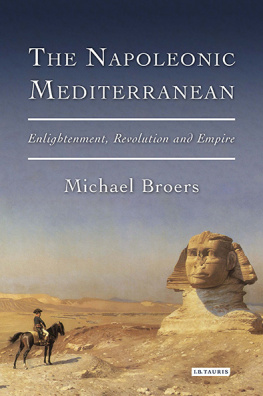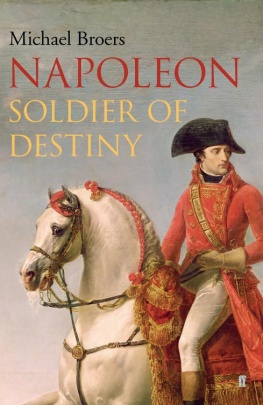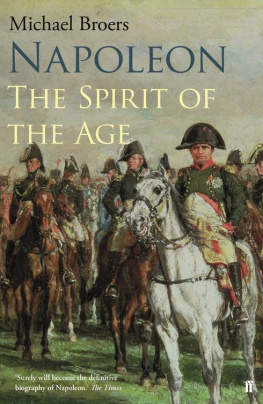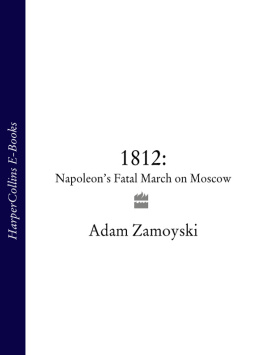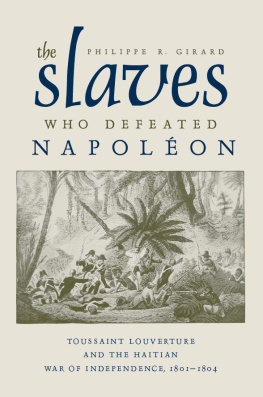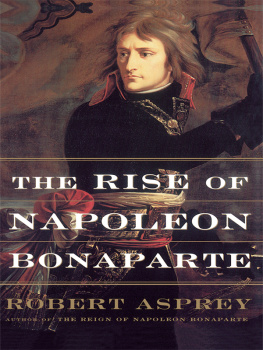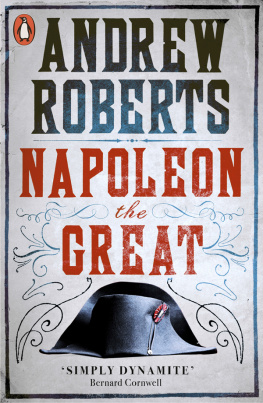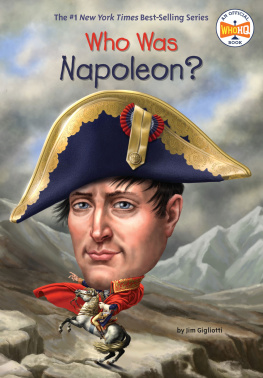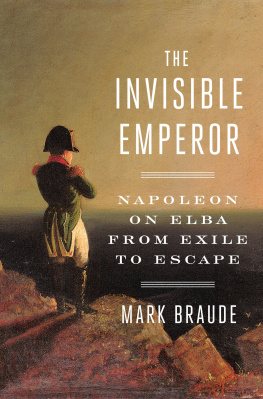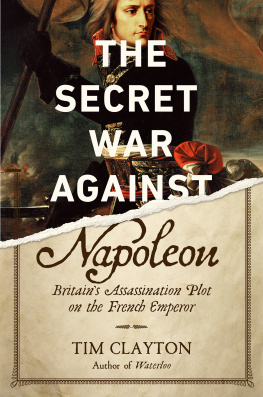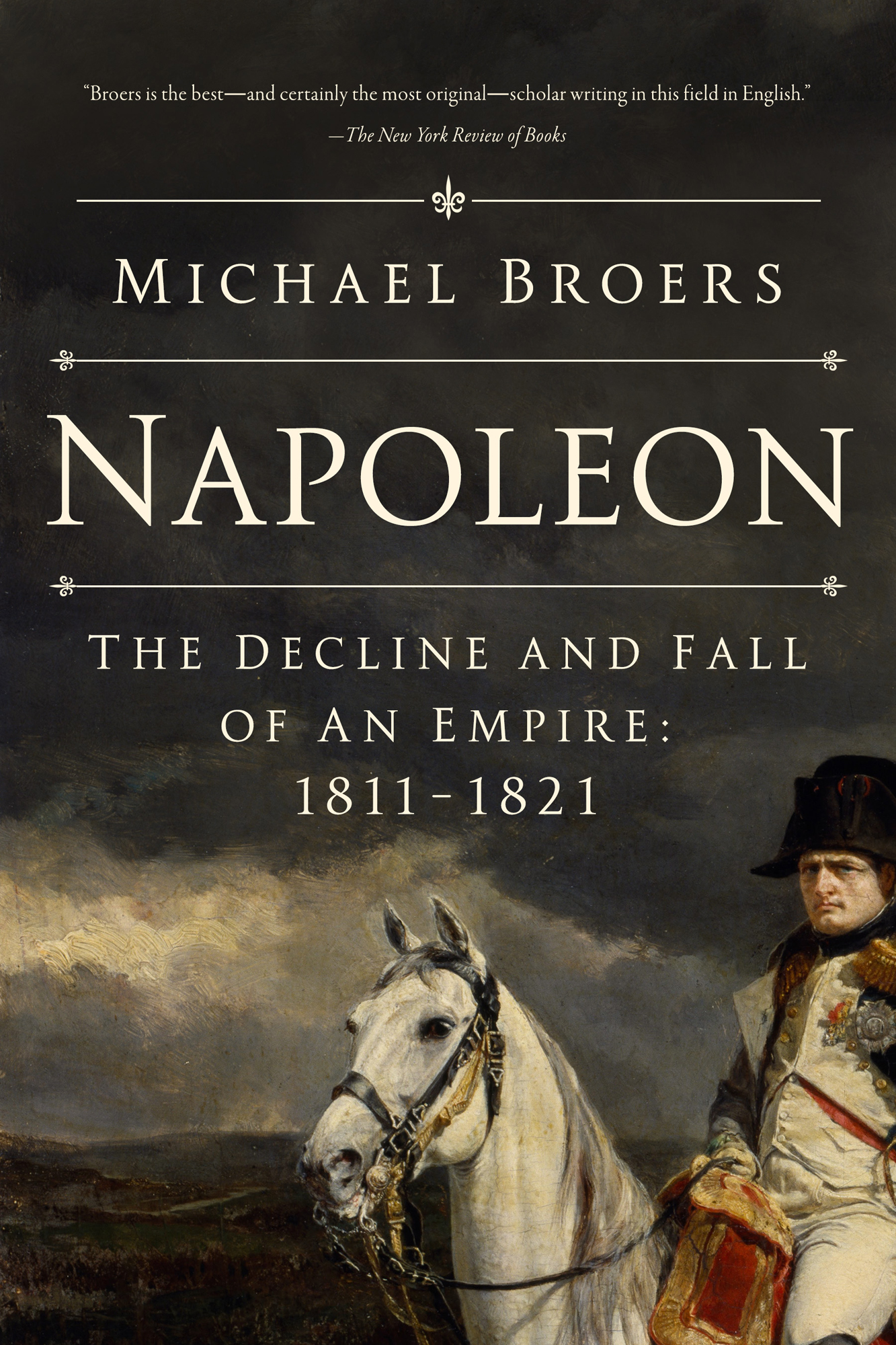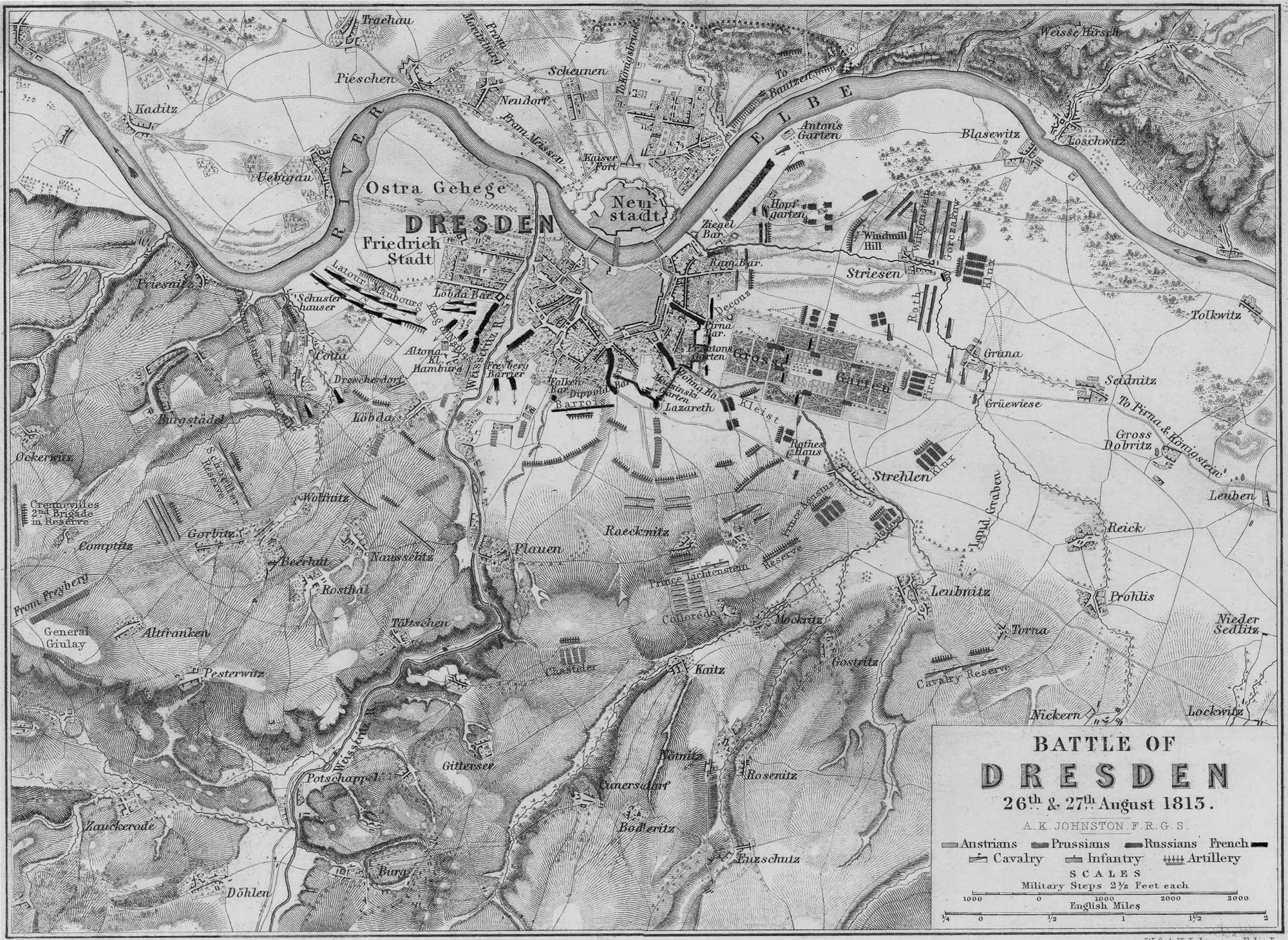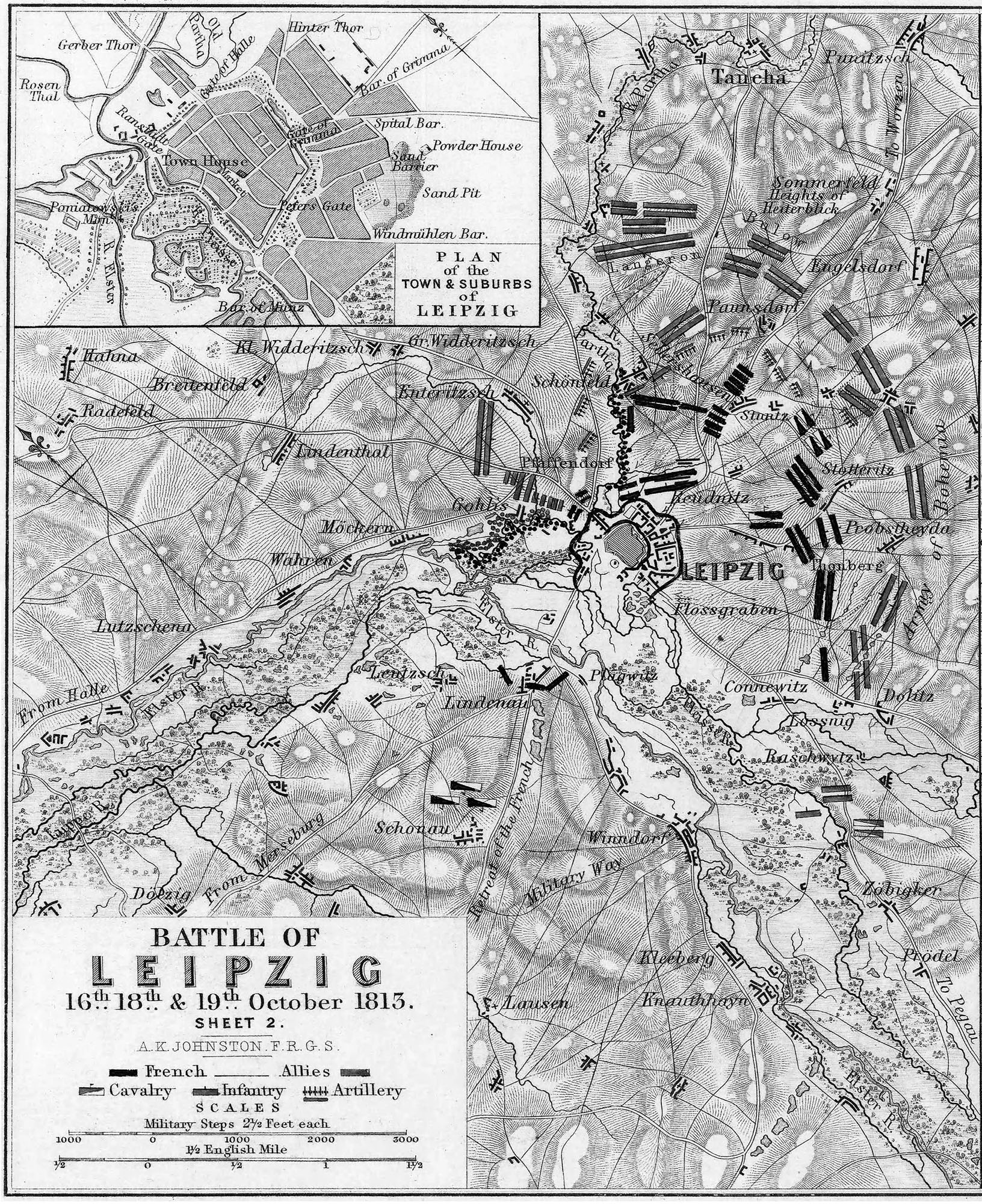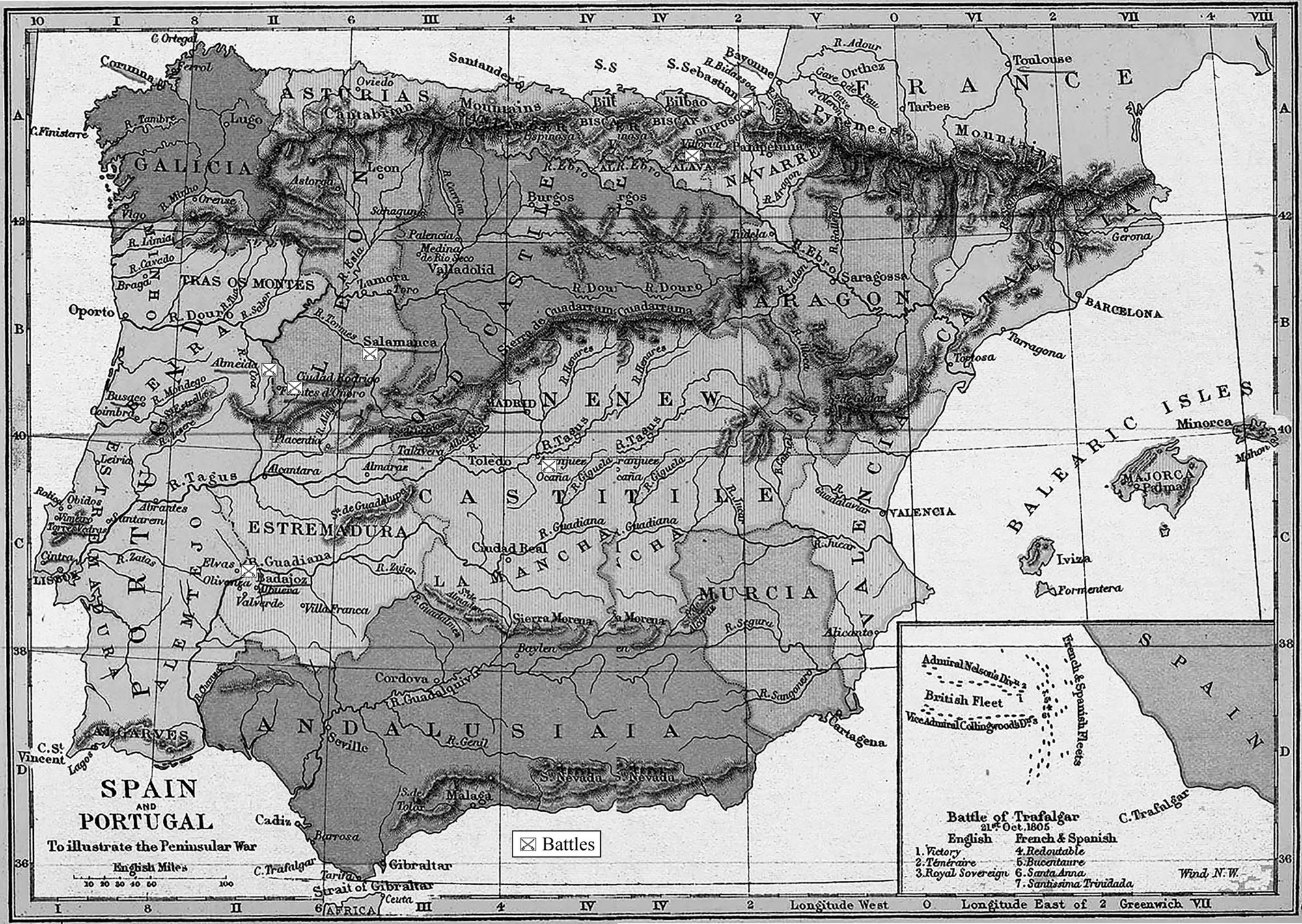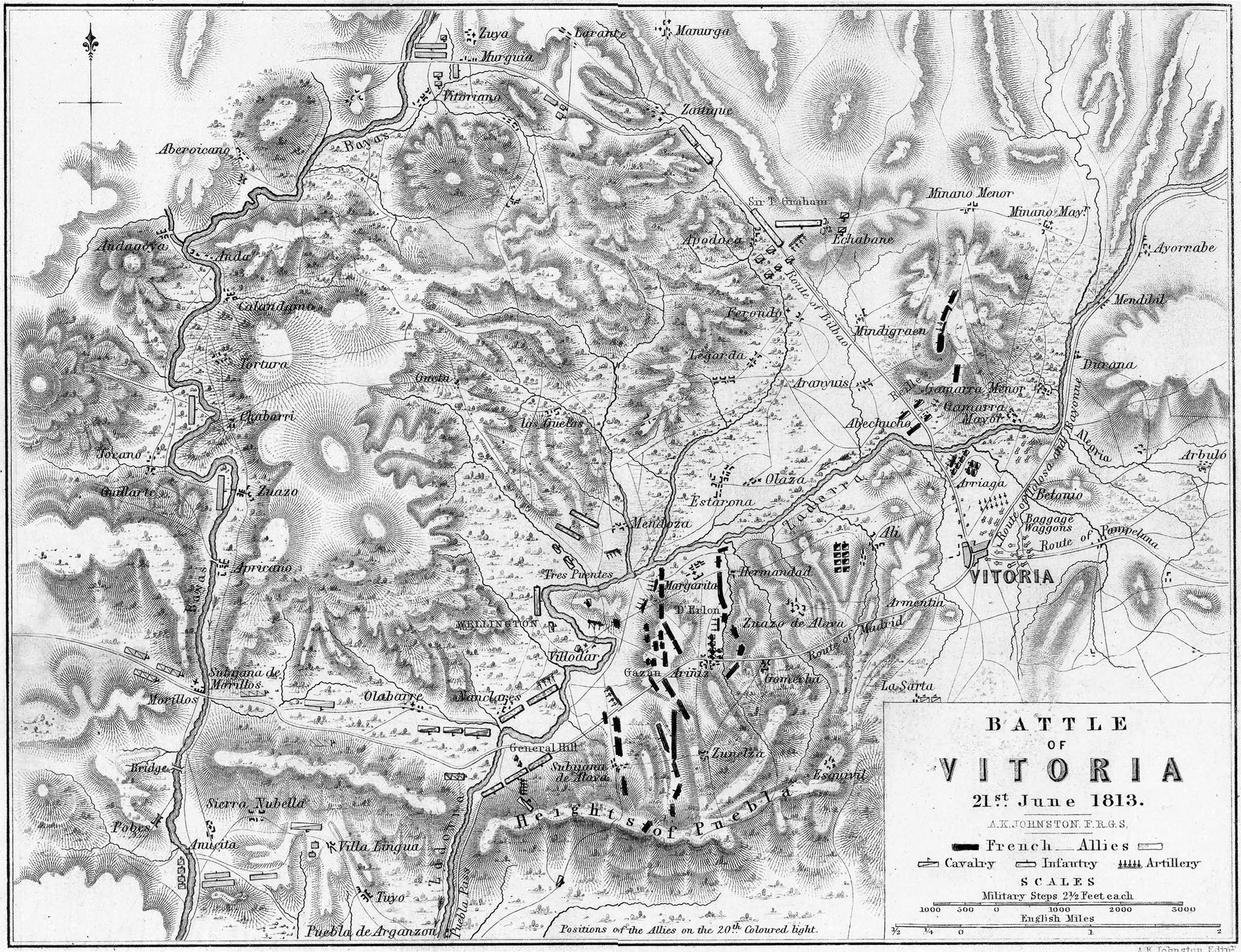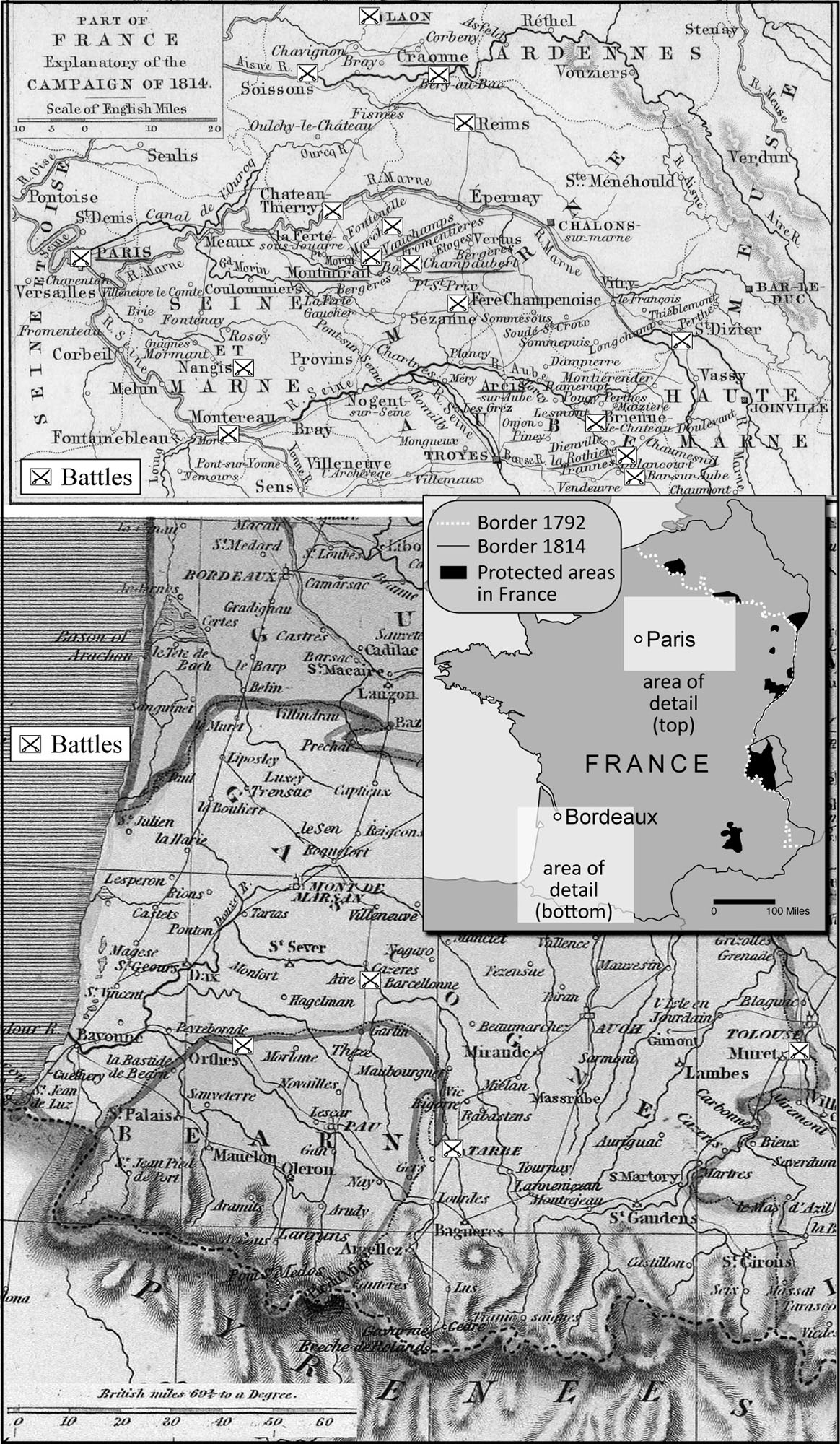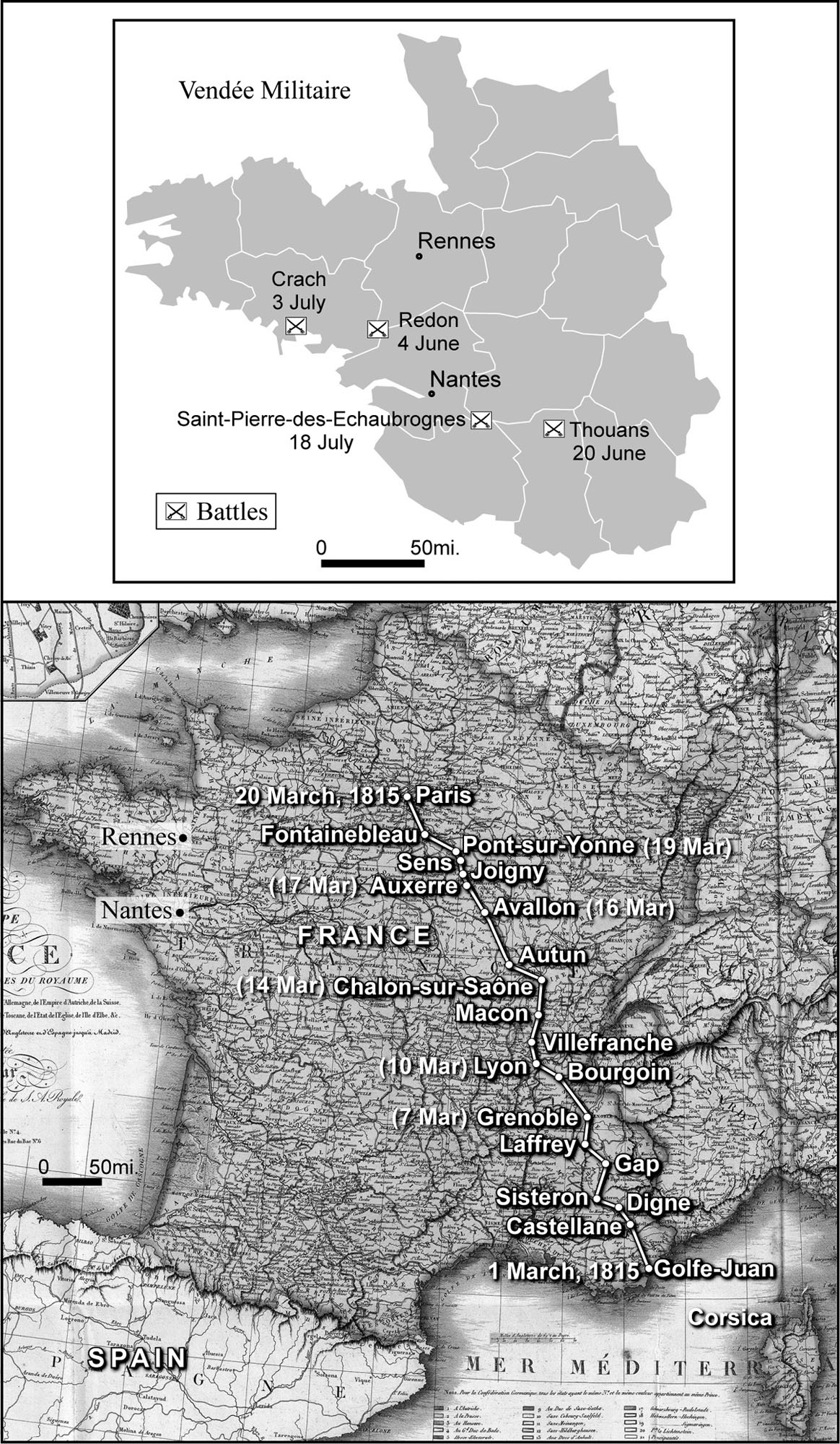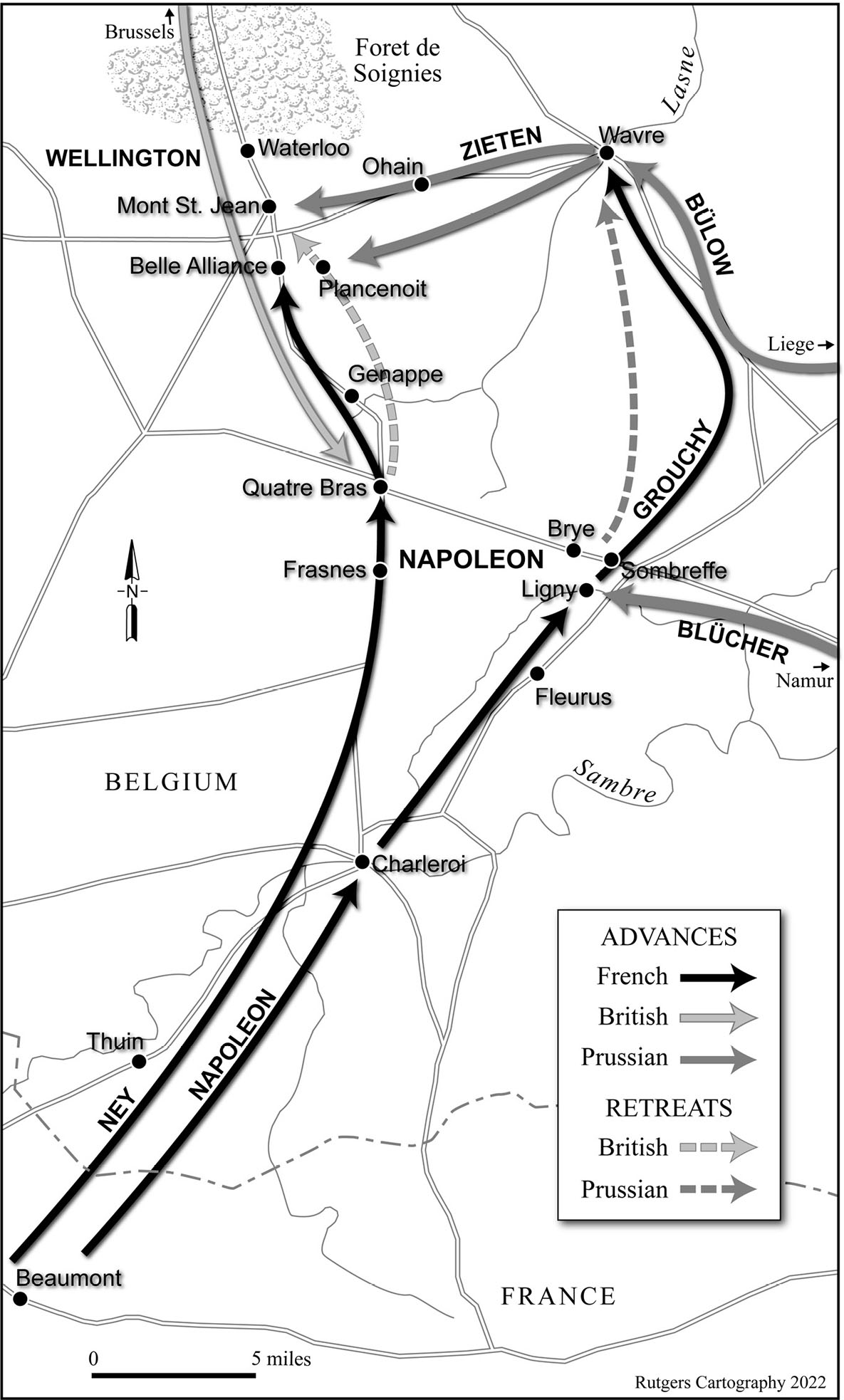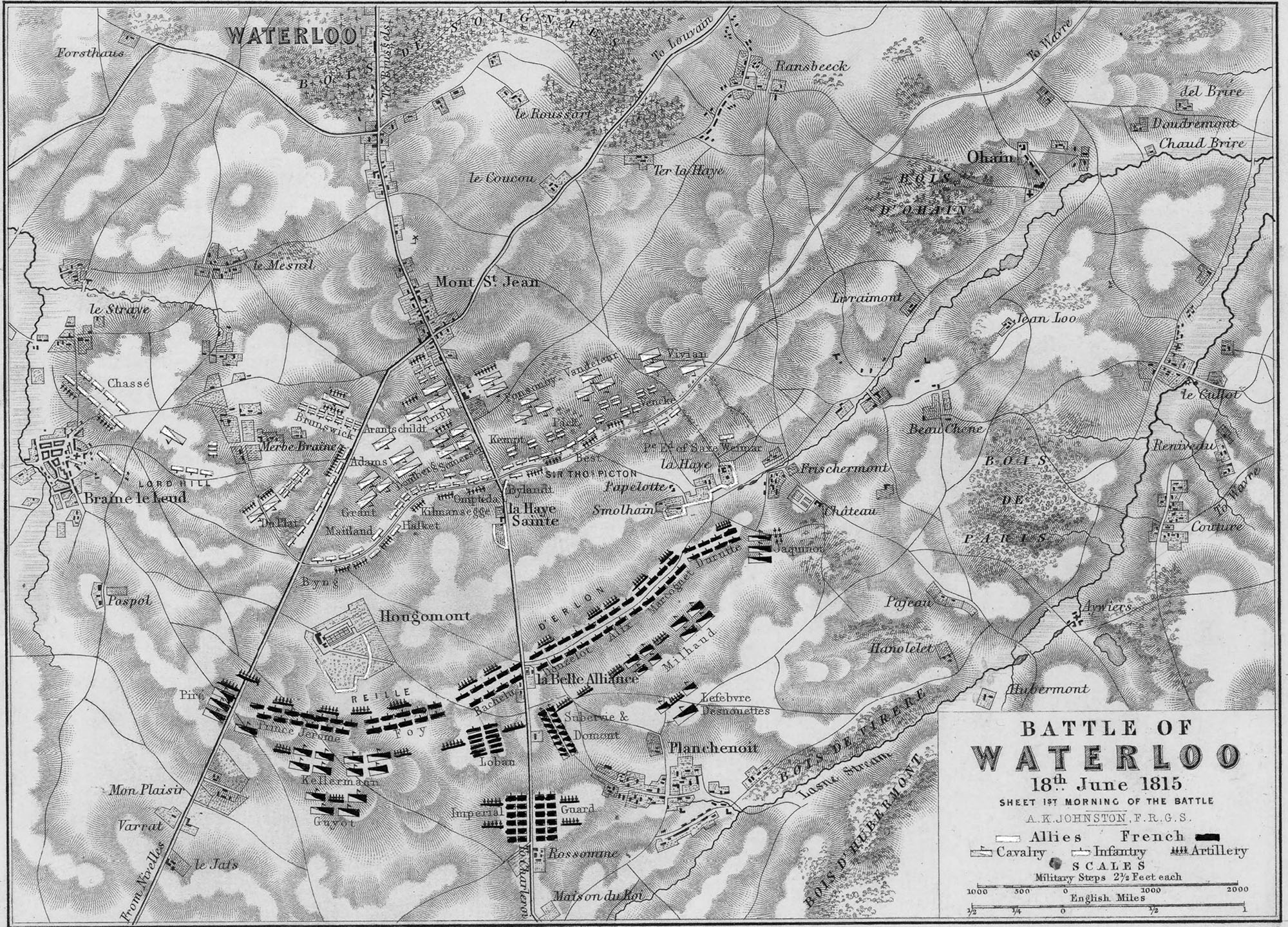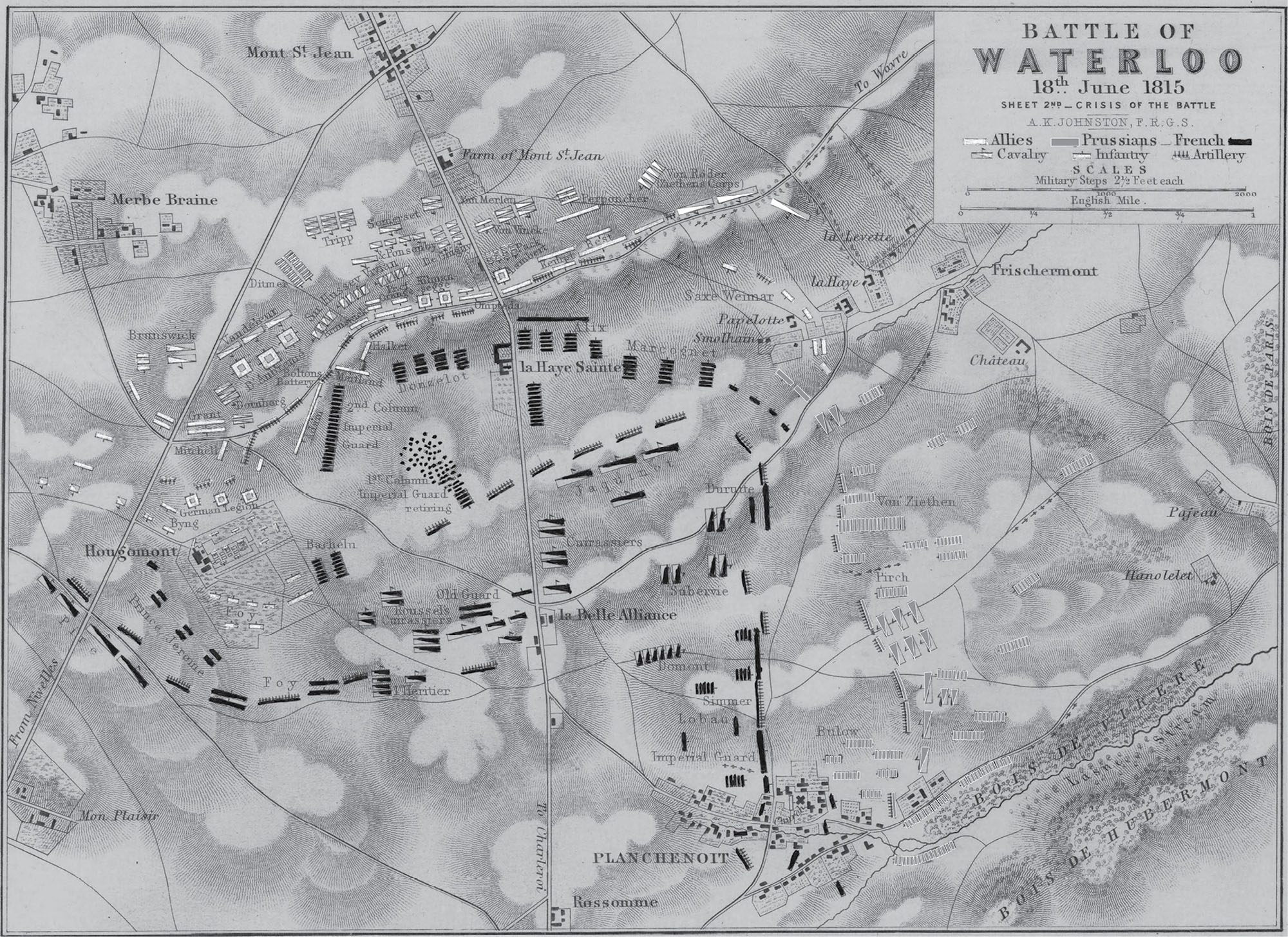Michael Broers - Napoleon: The Decline and Fall of an Empire: 1811-1821
Here you can read online Michael Broers - Napoleon: The Decline and Fall of an Empire: 1811-1821 full text of the book (entire story) in english for free. Download pdf and epub, get meaning, cover and reviews about this ebook. City: New York, year: 2022, publisher: Pegasus Books, genre: History. Description of the work, (preface) as well as reviews are available. Best literature library LitArk.com created for fans of good reading and offers a wide selection of genres:
Romance novel
Science fiction
Adventure
Detective
Science
History
Home and family
Prose
Art
Politics
Computer
Non-fiction
Religion
Business
Children
Humor
Choose a favorite category and find really read worthwhile books. Enjoy immersion in the world of imagination, feel the emotions of the characters or learn something new for yourself, make an fascinating discovery.

- Book:Napoleon: The Decline and Fall of an Empire: 1811-1821
- Author:
- Publisher:Pegasus Books
- Genre:
- Year:2022
- City:New York
- Rating:4 / 5
- Favourites:Add to favourites
- Your mark:
Napoleon: The Decline and Fall of an Empire: 1811-1821: summary, description and annotation
We offer to read an annotation, description, summary or preface (depends on what the author of the book "Napoleon: The Decline and Fall of an Empire: 1811-1821" wrote himself). If you haven't found the necessary information about the book — write in the comments, we will try to find it.
In 1811, Napoleon stood at his zenith. He had defeated all his continental rivals, come to an entente with Russia, and his blockade of Britain seemed, at long last, to be a success. The emperor had an heir on the way with his new wife, Marie-Louise, the young daughter of the Emperor of Austria. His personal life, too, was calm and secure for the first time in many years. It was a moment of unprecedented peace and hope, built on the foundations of emphatic military victories.
But in less than two years, all of this was in peril. In four years, it was gone, swept away by the tides of war against the most powerful alliance in European history. The rest of his life was passed on a barren island. This is not a story any novelist could create; it is reality as epic.
Napoleon: The Decline and Fall of an Empire traces this story through the dramatic narrative of the years 1811-1821 and explores the ever-bloodier conflicts, the disintegration and reforging of the bonds among the Bonaparte family, and the serpentine diplomacy that shaped the fate of Europe. At the heart of the story is Napoleons own sense of history, the tensions in his own character, and the shared vision of a family dynasty to rule Europe.
Drawing on the remarkable resource of the new edition of Napoleons personal correspondence produced by the Fondation Napoleon in Paris, Michael Broers dynamic new history follows Napoleons thoughts and feelings, his hopes and ambitions, as he fought to preserve the world he had created. Much of this turns on his relationship with Tsar Alexander of Russia, in so many respects his alter ego, and eventual nemesis. His inability to understand this complex man, the only person with the power to destroy him, is key to tracing the roots of his disastrous decision to invade Russiaand his inability to face diplomatic and military reality thereafter.
Even his defeat in Russia was not the end. The last years of the Napoleonic Empire reveal its innate strength, but it now faced hopeless odds. The last phase of the Napoleonic Wars saw the convergence of the most powerful of forces in European history to date: Russian manpower and British money. The sheer determination of Tsar Alexander and the British to bring Napoleon down is a story of compromise and sacrifice. The horrors and heroism of war are omnipresent in these years, from Lisbon to Moscow, in the life of the common solider. The core of this new book reveals how these men pushed Napoleon back from Moscow to St Helena.
Among this generation, there was no more remarkable persona than Napoleon. His defeat forged his mythas well as his living tomb on St Helena. The audacious enterprise of the 100 Days, reaching its crescendo at the Battle of Waterloo, marked the spectacular end of an unprecedented public life. From the ruins of a lifeand an empirecame a new continent and a legend that haunts Europe still.
Michael Broers: author's other books
Who wrote Napoleon: The Decline and Fall of an Empire: 1811-1821? Find out the surname, the name of the author of the book and a list of all author's works by series.

